As living costs continue to climb and debt pressures grow, older homeowners are increasingly turning to home equity as a financial resource. Reverse mortgages — particularly the FHA-insured Home Equity Conversion Mortgage (HECM) — remain a key option for seniors seeking liquidity without taking on monthly mortgage payments. But one lesser-known guideline, the so-called 60% rule, plays an outsized role in shaping how much borrowers can access in the first year.
What the rule does
The 60% rule, introduced by the Federal Housing Administration (FHA) in 2013, limits the amount of reverse mortgage proceeds a borrower can draw during the initial 12 months of the loan. Unless funds are needed to pay off mandatory obligations such as an existing mortgage or federal debt, borrowers are capped at withdrawing 60% of their total available proceeds in year one.
For example, a borrower eligible for $200,000 would only be able to access $120,000 upfront. The remaining $80,000 would remain in a line of credit, available after the first year and accruing growth in the meantime.
There is one notable exception: if mandatory obligations exceed the 60% threshold, borrowers may advance an additional 10% of their available proceeds. In practice, this can provide meaningful flexibility to those paying off larger existing balances.
Why it exists
The FHA introduced the guideline as a consumer protection measure. By limiting large, immediate lump-sum withdrawals, the policy aims to preserve equity over time and prevent situations where seniors exhaust their funds too quickly. The rule was also intended to stabilize the HECM program itself by reducing default risks tied to property charges such as taxes and insurance.
Current implications
While the rule has succeeded in promoting financial longevity, today’s economic environment has highlighted some of its trade-offs. Inflation, rising healthcare costs, and higher property expenses have increased demand for immediate liquidity among seniors. For those needing substantial upfront funds — whether for medical care, debt payoff, or major renovations — the 60% restriction can create challenges.
Borrowers unable to access the full loan amount in year one may turn to higher-cost credit options to bridge the gap, undermining the intended protections of the rule. At the same time, lenders point out that the restriction helps reinforce responsible usage by pacing access to funds and ensuring borrowers adapt to the ongoing obligations that remain under a reverse mortgage.
Balancing protection with flexibility
Ultimately, the 60% rule represents a balancing act: encouraging sustainable long-term use of home equity while limiting immediate cash access. For some seniors, it offers valuable guardrails against rapid depletion of assets. For others, it may feel like a constraint during a time of urgent financial need.
As the reverse mortgage market continues to evolve, industry participants and policymakers alike will be watching how this rule affects borrower outcomes in an economy where the demand for senior-focused financial tools is only growing.







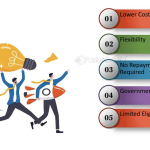

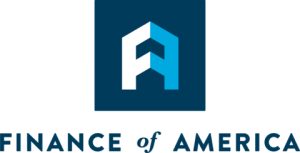
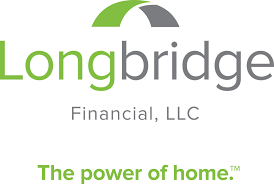
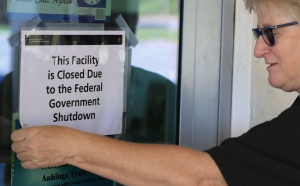


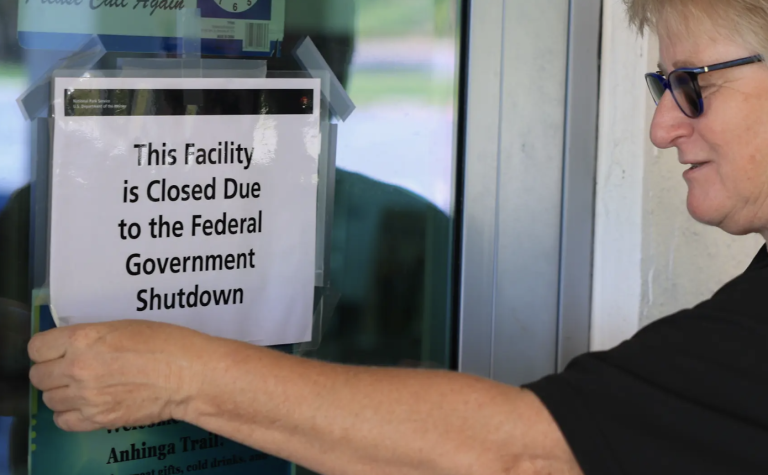


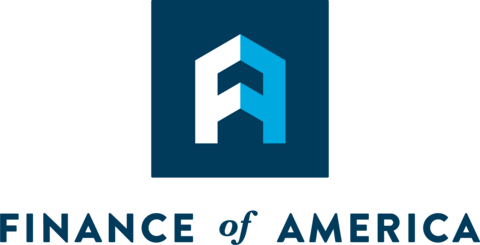




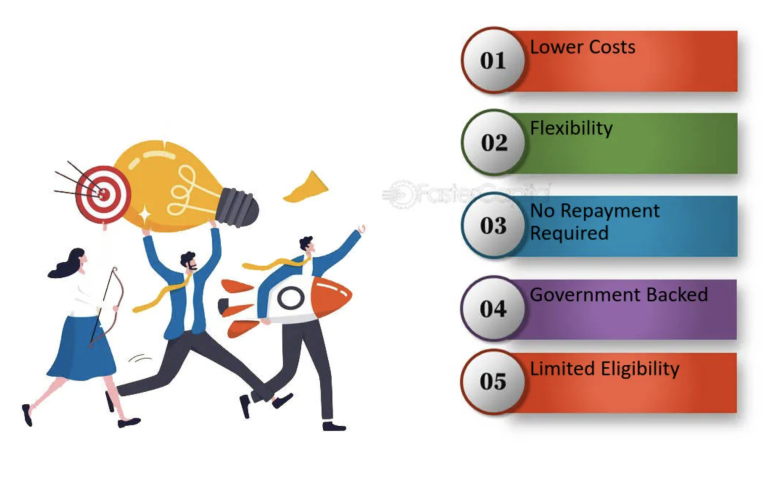
+ There are no comments
Add yours